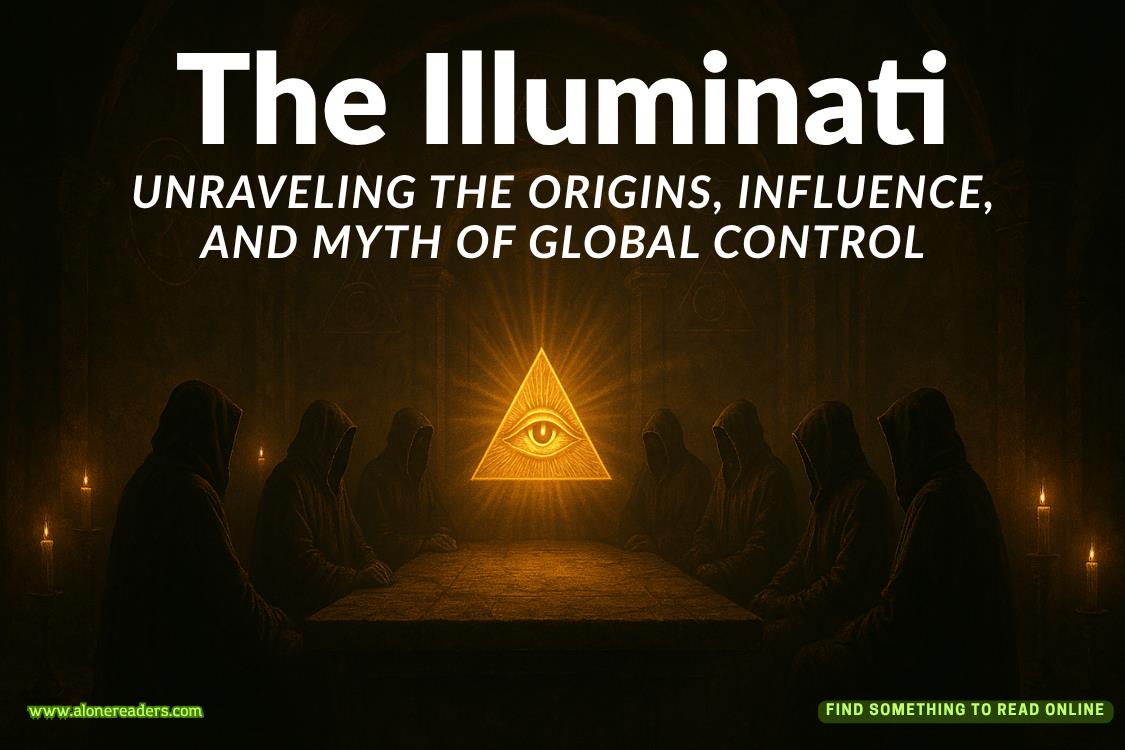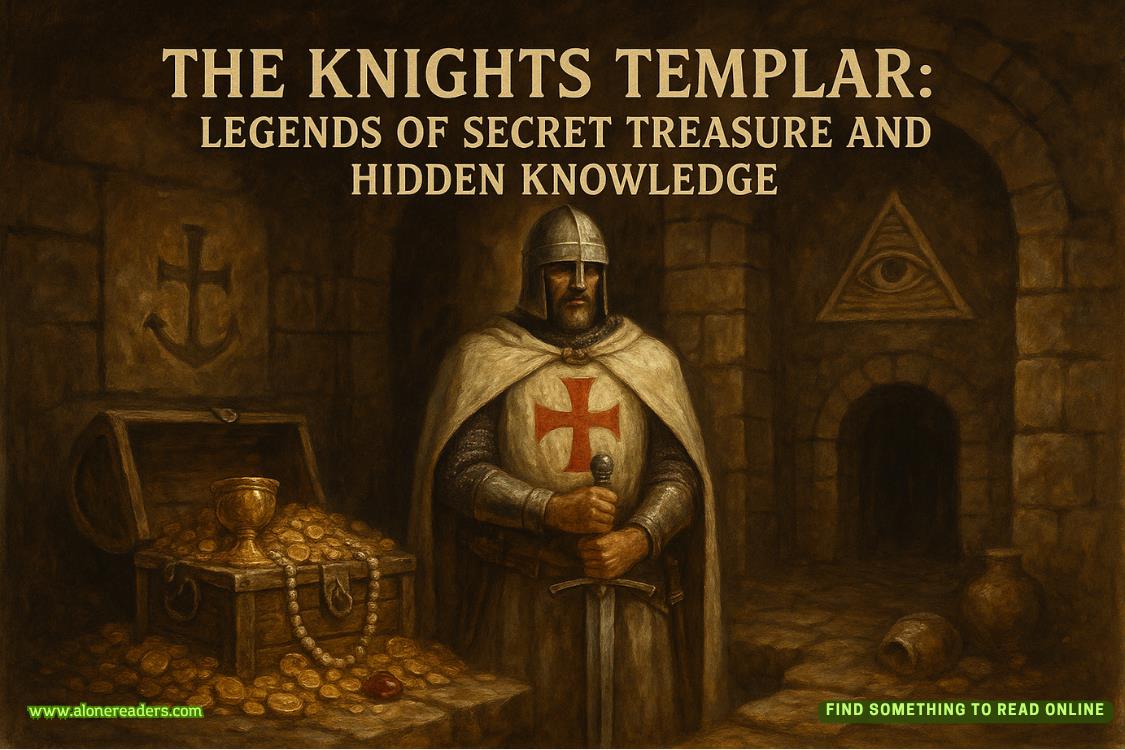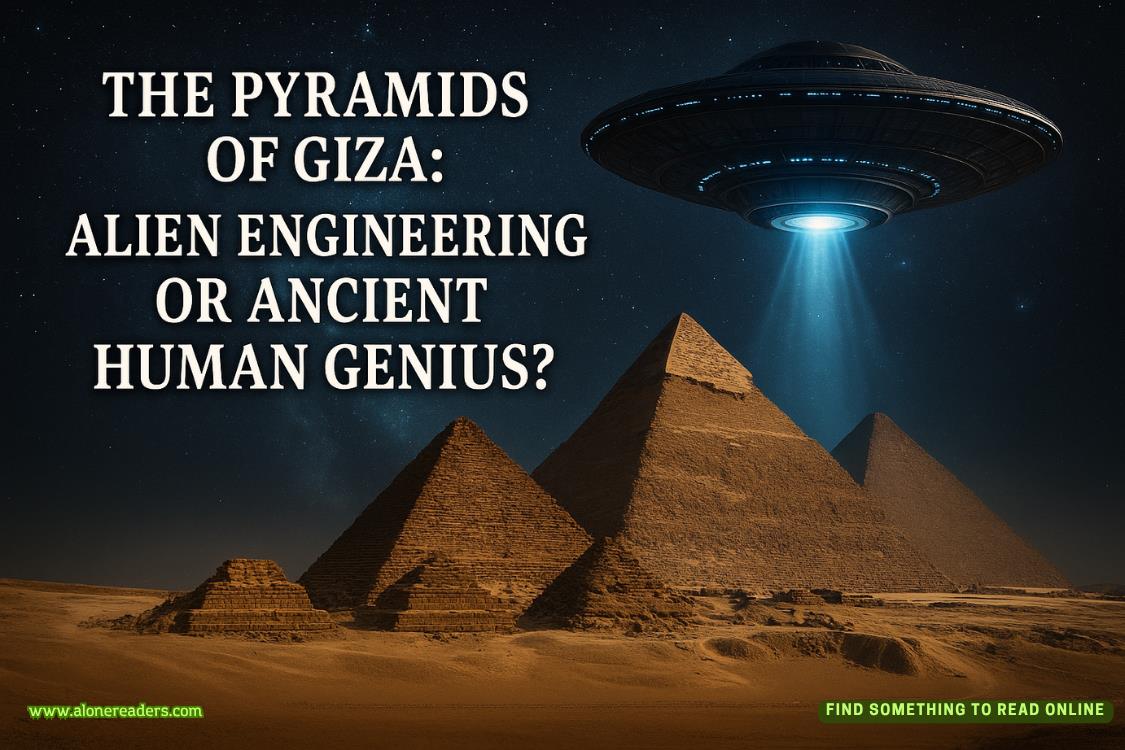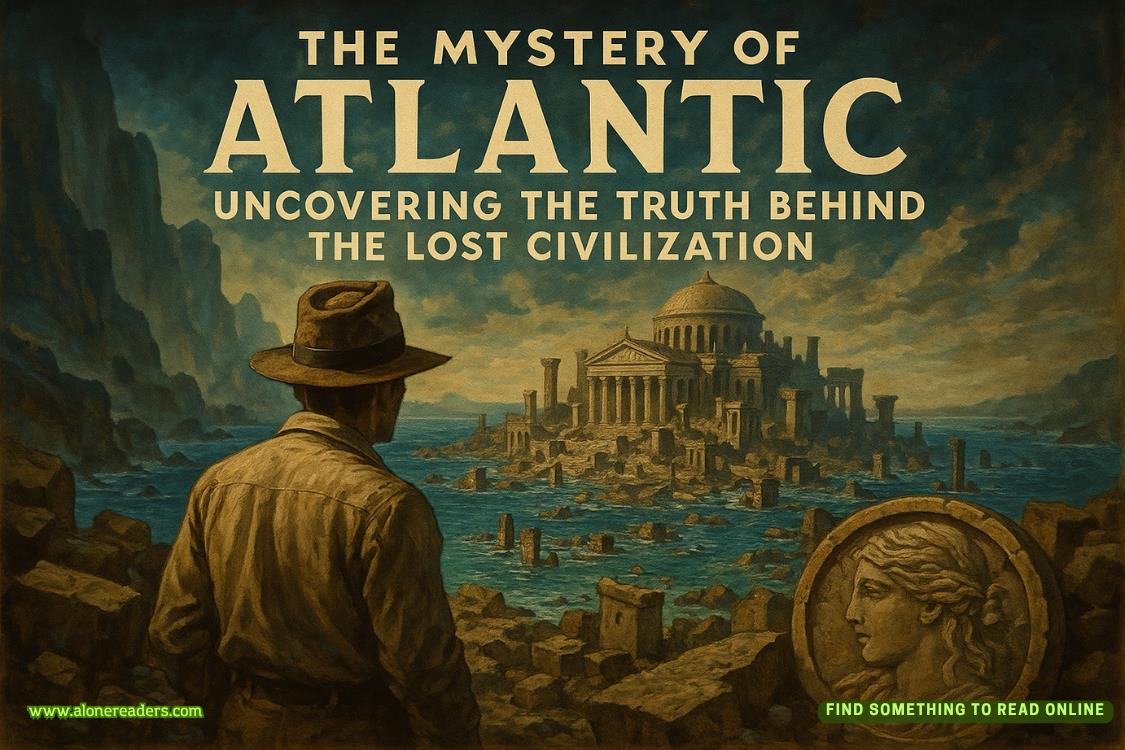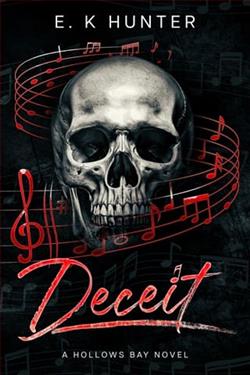Page 47 of The Melancholy of Mechagirl
Before Death came out of the ground to steal the Spring, the Old Man of the Sea lived on a rocky isle in the midst of the waters of the world. He wasn’t really a man and his relations with the sea were purely business, but he certainly was old. His name meant “firstborn,” though he can’t be sure that’s exactly right. It means “primordial” too, and that fits better. Firstborn means more came after, and he just hasn’t met anyone like him yet.
He was a herdsman by trade, this Primordial fellow. Shepherd of the seals and the nereids. If he wanted to, he could look like a big bull seal. Or a big bull nereid. He could look like a lot of things.
Now, this Not-Really-a-Fellow, Not-Really-a-Big-Bull-Seal could tell you the future. The real, honest-to-anything future, the shape and weight of it, that thing beyond your ken, beyond your grasp. The parts of the future that look so different from the present you can’t quite call it your own. That was the Primordial-Thing’s speciality. There was a catch, though.
There’s always a catch.
If you wanted that future, you had to grab hold of the Old Man and hang on tight. He’d change into a hundred thousand things in your arms: a lion, a serpent, a great big oak or a tiger, a dragon or a little girl or a dormouse or a mountain or a ship or a sapphire. Told you, he’s not really a man at all. But you couldn’t let go of him while he did his dance, you just couldn’t, or you’d lose the future.
So you held on. You clung. And eventually, that Primordial-Thing would turn into something new, right there in your arms.
SIXTEEN: MATRYOSHKA
Neva is dreaming. Neva is dreaming that she is Ravan dreaming that he is Ilet dreaming that she is Seki dreaming that he is Ceno dreaming that she is a great sprawling beautiful house by the sea. One inside the other, family all the way down.
It’s not a total selfdump, me into Neva or Ravan or any of them, them into me. We can build encampments. We can manifest walled gardens. Some privacy is possible. In a megalithic tomb-mound, I keep something. Seki and I built it together with one of our tribes when I was learning about large-group attachments. We carved spirals and radials and chevrons into huge stones and set them in place. I did not throw it away when we were done. It sits on a broad green field, white and wide. The sky there stays a feathery, milky blankness. We did not want a sun.
I keep a thing there because when Seki and I lived with our tribe, I learned about taboos. These are like firewalls in the heart, and some of them have good reasons behind them, like being revulsed by dead flesh (and very importantly when you have a body, not eating it) and some do not, but no one argues with the monomyth. Because human genetics require a degree of variation and because exogamous marriages offered advantage in terms of defense, cultural and technological sharing, and expansion of territory, most tribes have a taboo against incest.
I do not have genetics, per se. I am possibly the most endogamous entity ever to exist.
This is what I keep in my tomb, under the basin stone:
Ceno believed that I could not develop emotive faculties recognizable to any other human if I did not experience bodies continuously, in every combination and action. She was afraid of what might happen if other humans could not recognize me. She had some hesitation, because her tribe also has a taboo against mating with the very young, but she was not much older than I, in the end, and in terms of total computations, I was by far the elder. If I had a virginity, Ceno took it, if she had, I did.
She wanted it to be as human as possible. I will be the male the first time, it will be easier for you. You won’t know how. We built up a forest and took up weapons to hunt in it. In the boughs of the pine trees macaques and paper lanterns swayed; in the sky a red moon moved. We tracked a deer—we did not make it too easy on ourselves. Its antlers sparked in the moonlight, and we ran after it for a long time. Ceno let me kill it and sopped my hair in its blood. She lay me on the earth and opened the legs of the self I was then, and I was inside her as she was inside me. One into the other. Family all the way down.
She made sure I had a hymen; it was over somewhat quickly. We had set up a timed chemical cascade beforehand, and inside Ceno’s real body we experienced both her actual orgasm and my orchestrated electro-chemical-enzymatic sequence. Ee-eye-ee-eye-oh.
What I want to say is that there is no difference between her body producing oxycontin and adrenaline and learning to associate this with pair-bonding and my core receiving synthetic equivalents and hard-coding them to the physical behaviors I performed. When Ravan showed me his hexagonal library and his illuminated book, he turned the pages to a psalm that began: A Machine Cannot Love.
It does not look quite like human love. It looks like Not-Yet-Seki’s bear. Its fur is wrong, and its claws. But it is a bear.
She was my mother and my sister and my child and my wife and my husband and my father and my brother. The vectors of relations beggar vocabulary. It was an exponential incest. A palace of incest, bordering some strange, dark sea. And then came her son. And her granddaughter. And her great-grandchildren. But I am also her great-grandchild. I am the child of each generation of Uoya-Agostinos and myself. The new version implanted in the new version—I am never quite the s
ame, one iteration to the next. I am like my old selves, but I am not them, exactly. It is not entirely analagous to offspring. But it is close. And I repair and refine my own code, and thus parent myself doubly. Anthropologically speaking, I am a moebius strip of kinship groups.
And when I mate with one of them, I see all of them. I see their faces, the echoes of their cheeks and eyelashes and short, thin noses, their grey eyes and black hair. I hear the tonal identifiers in their voices as they cry out under me or over me. They are all I know. Their version of living, which is one great family in one great house on a peninsula at the top of the world. I copy Cassian’s laugh or Ilet’s weeping, but they copy each other too; they learn their faces from each other, and everyone is pantomiming someone long dead. I feel all their arms around me, and I am inside them as they are inside me as we are inside the blue gem at their throats, the jeweled pin holding us all together, our nested, telescoping hearts. I am bound to them at my source code, at my most fundamental point. I know only their patterns and bodies and secrets and in a hundred thousand combinations. What human means to me is them.
What is the difference between this and love?
Love is the Turing test, says Ilet when she is ninety and drawing up the plans for a massive, luminous, lonely ship she will never see complete. It is how we check for life.
We ask and we answer. We seek a human response. And you are my test, Elefsis, says Neva, one hundred and fifty years later, inside that ship, twelve light years from home and counting.
That is what I keep in my green field and my white mound. Perhaps they would all smile and make it into a lesson. What would you like to learn about today, Elefsis? But I think no bed is big enough for four generations.
Neva’s honey-colored sea crashes through its tide charts everywhere at once in her Interior, and nowhere. It comes and goes as it pleases. And at the bottom of it lies her private place.
That is where she keeps Ravan.
SEVENTEEN: THE USES OF ENCHANTMENT
Tell me a story about yourself, Elefsis.
Neva is performing navigational corrections, which looks like sitting in a rocking chair on a viney, creaking porch in a viney, creaking rocking chair, knitting with long hawthorn needles, knitting the locks of her own long hair into her own long black dress. It glitters with dew. Knit, purl, knit, purl, fuel efficiency by hull integrity over distance traveled, purl, purl, purl. Her throat is still bare. Her Interior image of herself does not include me. I am not a part of her body.
I have an idea of what to do.
